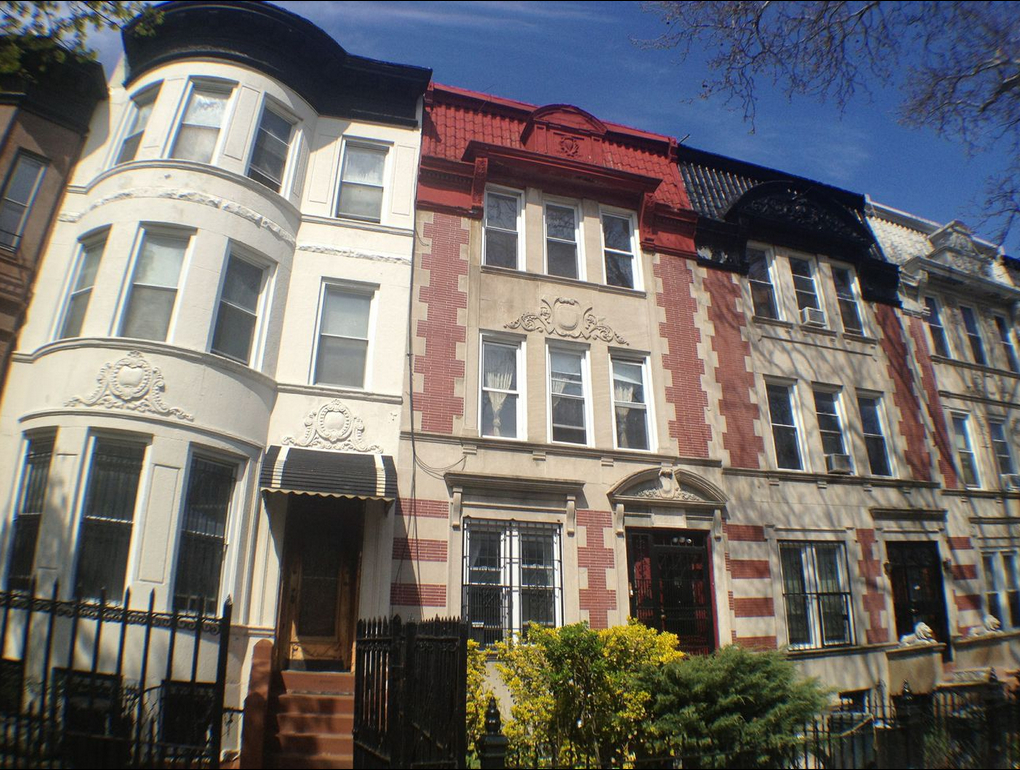Brooklyn Botanic Garden adjusts to climate change

Anyone who lives in New York, or anywhere else in the country for that matter, has to notice the increase in climate-related events: long spells of high temperatures, intense storms, days with dangerous air quality.
Obviously, this affects plant life everywhere in the borough – including, of course, within the Brooklyn Botanic Garden, known worldwide for its variety of plants, trees and flowers.
Even before the recent spate of severe weather, BBG staff realized that blooming times had changed due to changing climate patterns. For example, this year, lilacs and tree peonies both bloomed much earlier than usual, at the same time as tulips, although they and the tulips usually bloom a week apart. The tulips themselves unusually bloomed early this year as well.
